NHSN Conservation Officer, Charlotte Rankin, examines your finds and observations made in week one of the North East Ladybird Spot.
The launch of the Ladybird Spot coincided with a short burst of mild and sunny weather across the North East. Ladybirds – notably 7-Spot, Harlequin and Pine – were prompted to emerge from their overwintering quarters and were observed, sometimes in considerable numbers, soaking up spring-like sunshine on evergreen leaves.
So far, 87 ladybird records have been submitted towards the North East Ladybird Spot. Eight ladybird species, including seven out of the nine target ladybirds, have been recorded. Of these, 7-spot Ladybird has been recorded most frequently, with Harlequin Ladybird and the smaller Pine Ladybird close behind. The Pine Ladybird amongst the most recorded so far is a particular highlight as this small ladybird has very few records in the North East.
At this time of year, sun lit bushes, such as Ivy and Holly, are favourable places to find ladybirds as their evergreen leaves are perfect for sunbathing. You may also find ladybirds on sun lit tree trunks having recently emerged from their overwintering crevices. While it is still early in the year, don’t be put off by the cooler weather: you can find ladybirds tucked away within dense foliage or in tree trunk crevices and under bark. Around 20 individuals of Orange and Cream-spot Ladybird were counted from crevices of a local park tree this week. Do take a closer look when you next walk past a tree!
At this time of year, more unusual places you can find sheltering ladybirds are old stone structures and often in larger clusters. While these clusters are often of the same species, one participant found four different species together. Observing numerous individuals of the same species is useful as it often reveals the different forms of highly variable ladybirds such as two of the target species: the Harlequin and the 10-spot. A top tip by Helen Roy of the UK Ladybird Survey is to also look at wooden fence posts, where ladybirds may also make use of the various nooks and crannies.
Another particularly interesting find this week was the Kidney-spot Ladybird, a ladybird with few records in the region. As its name suggests, this is a small black ladybird with two red kidney-shaped spots. This could be confused with the similar-sized Pine Ladybird but lacks four spots and the comma-shaped markings. While commonly found on deciduous trees, the Ladybird Spot records were from ornamental conifers; perhaps a more favourable habitat providing shelter until the temperature increases.
The final two target species as yet unobserved – the 22-spot and 14-spot Ladybird – are more commonly found in grassland habitat. The latter species is sometimes referred to as the ‘dormouse ladybird’ as it becomes active later than other ladybirds. Both are small and bright yellow ladybirds and tend to overwinter on low herbage, but will soon become active and more easily observed.
From the Tees to the Tweed, urban or rural, your records can really make a difference for these iconic insects. There is still much to learn about the North East’s ladybirds and your records can really help to plug gaps and add to our knowledge. Please do share your ladybird sightings with us on social media using the hashtag #NELadybirdSpot and submit your records through the Ladybird Spot recording form.
Explore some of the NE ladybirds spotted this week
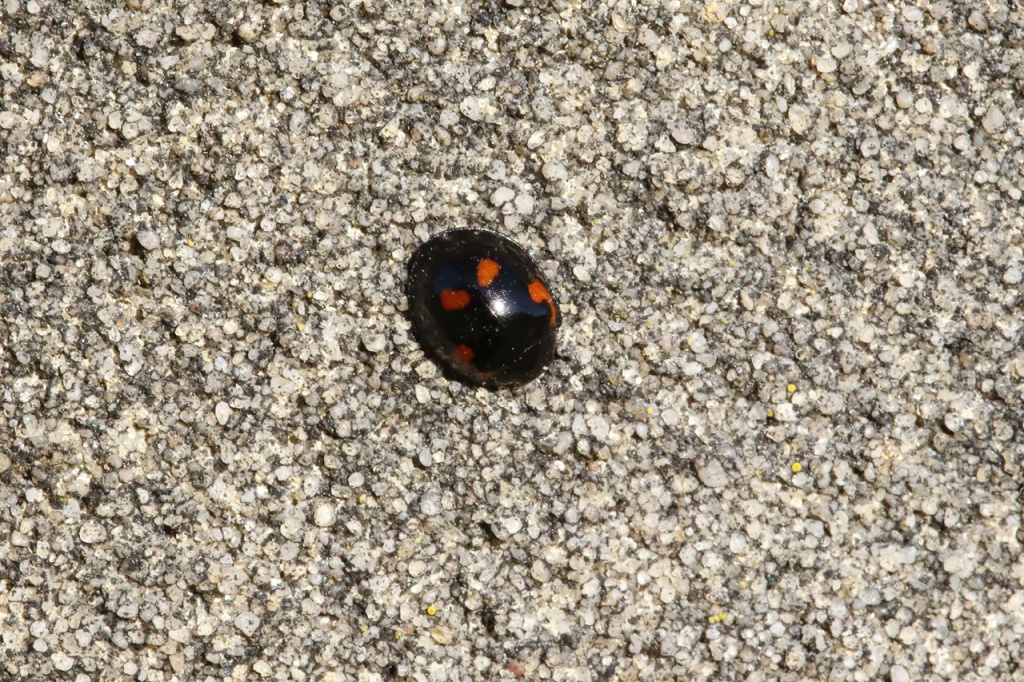
Pine Ladybird © Chris Barlow 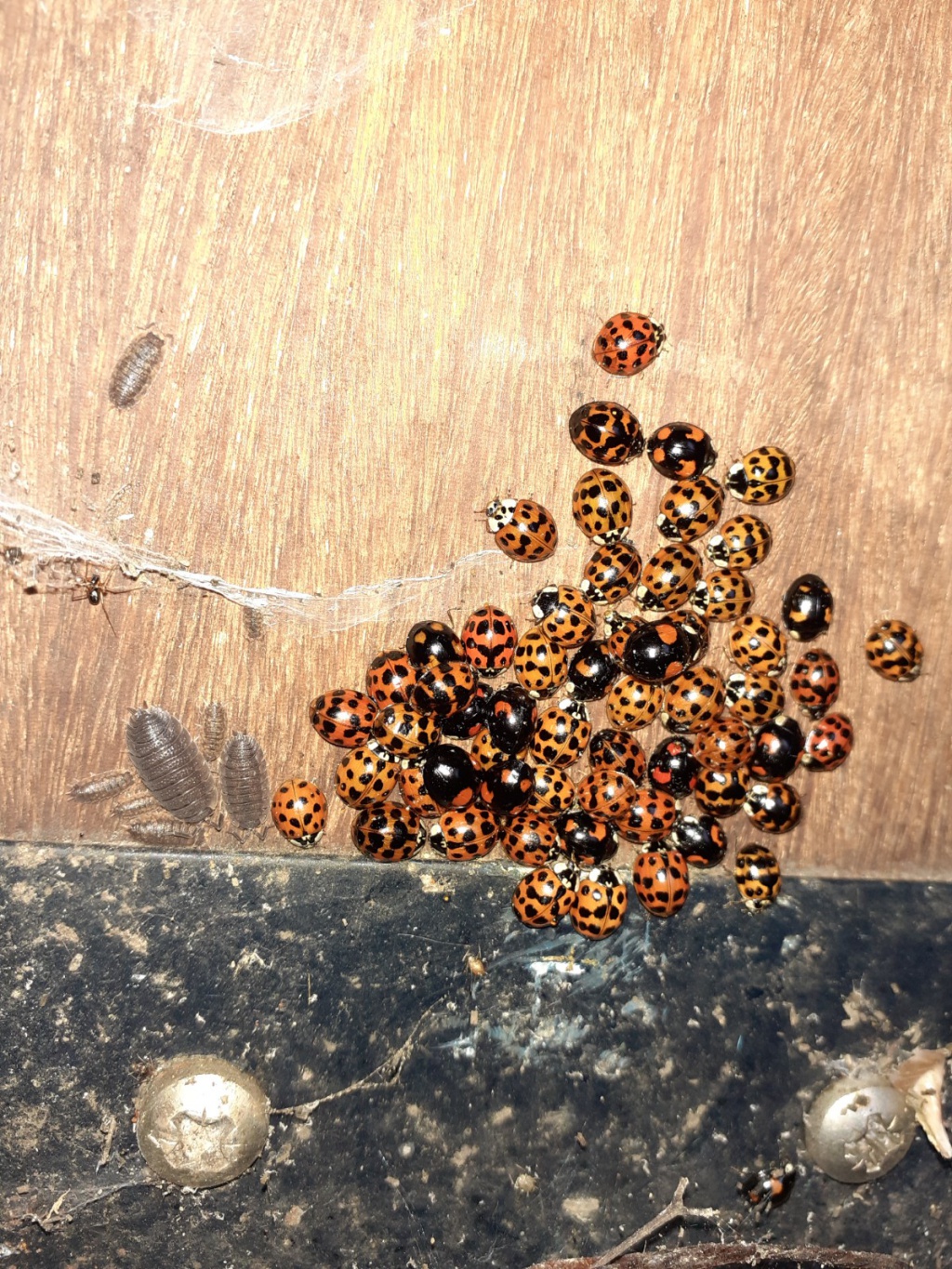
Harlequin Ladybirds © Alan Thurgood 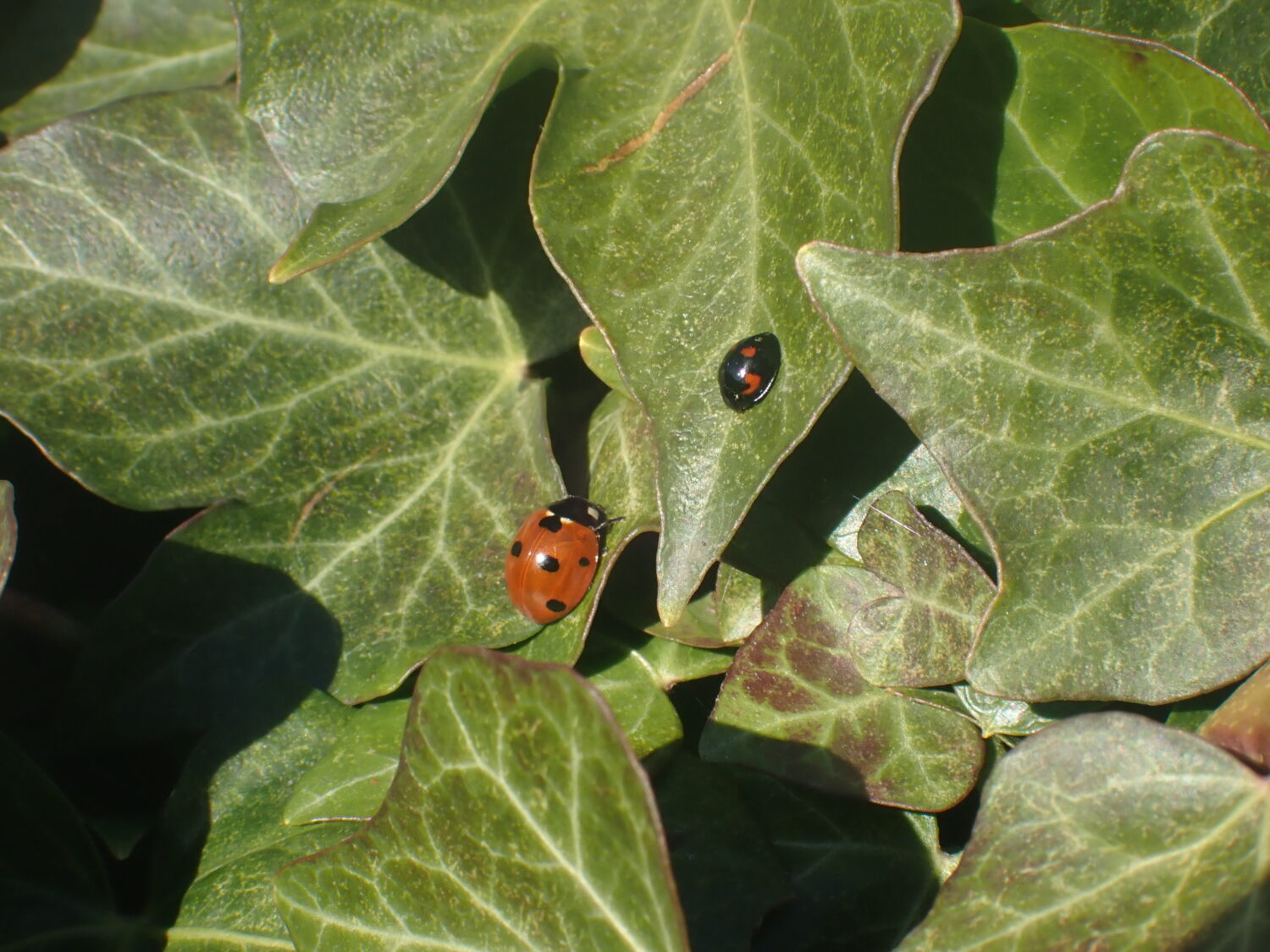
Pine & 7-Spot Ladybirds © Charlotte Rankin 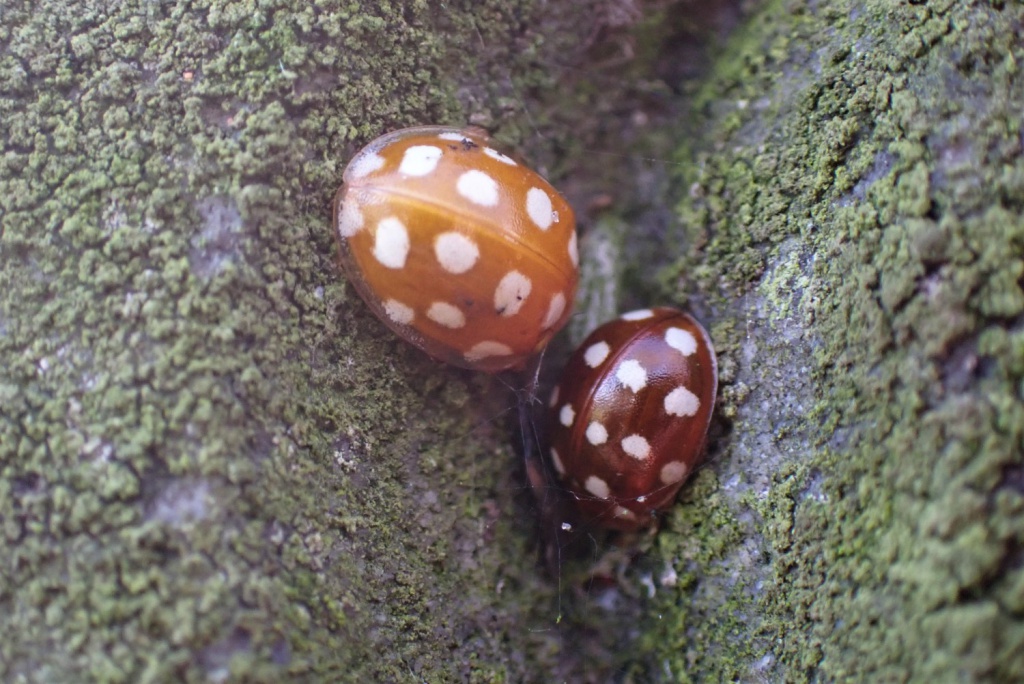
Orange & Cream-spot Ladybirds © Matt Williamson 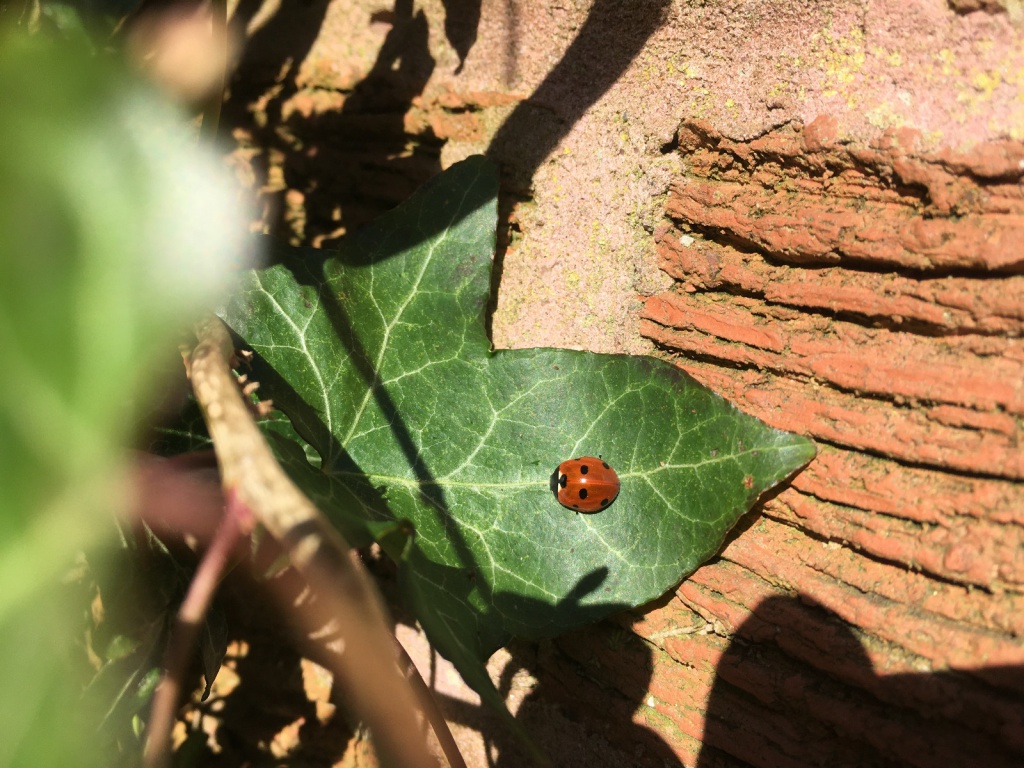
7-Spot Ladybird © Sarah Seeley 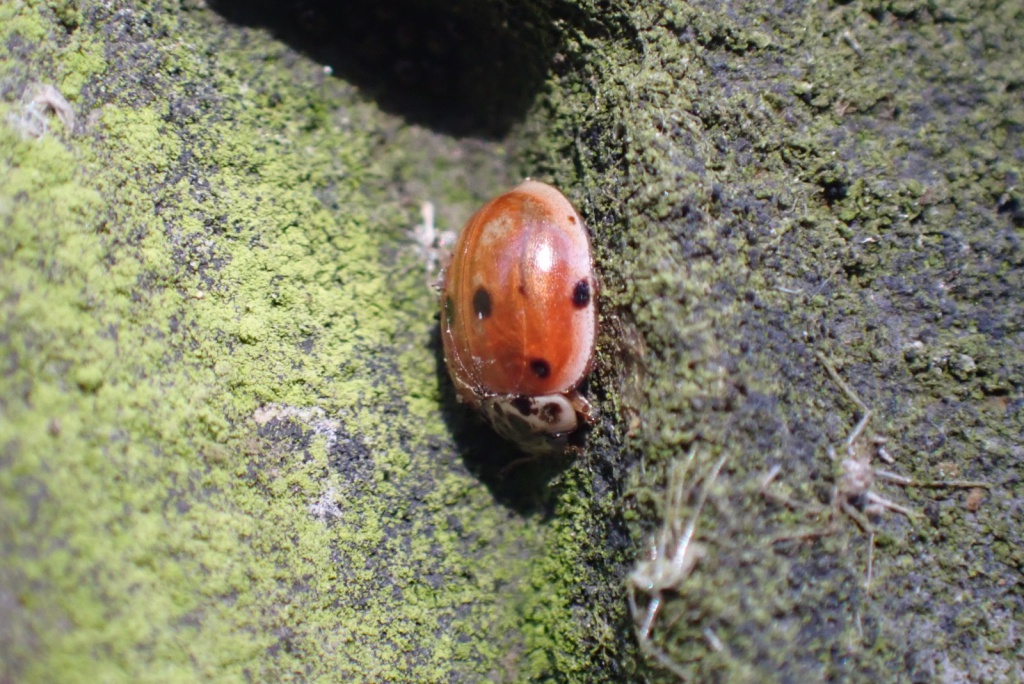
10-spot Ladybird © James Common 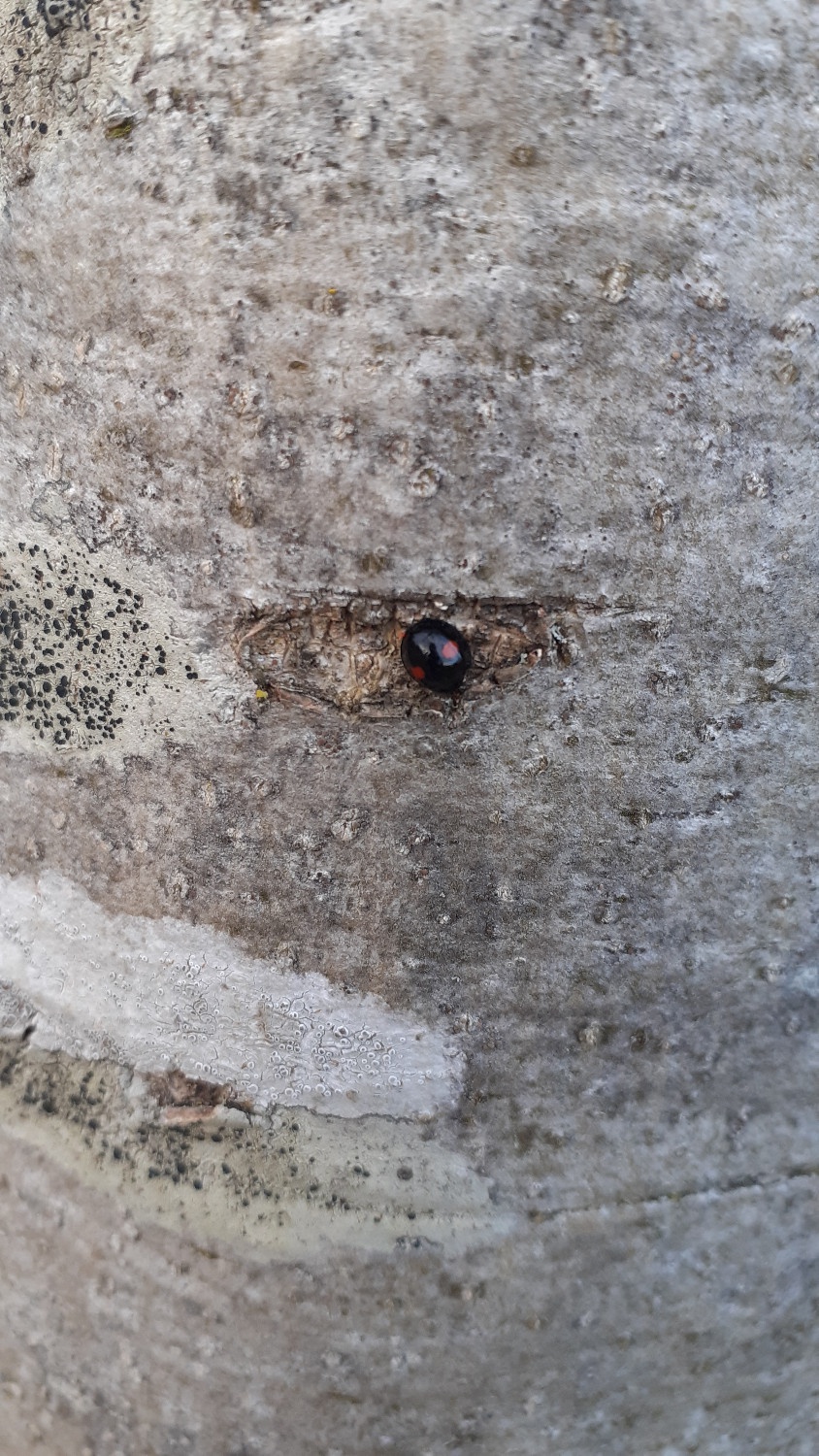
Kidney-spot Ladybird © David Raffle 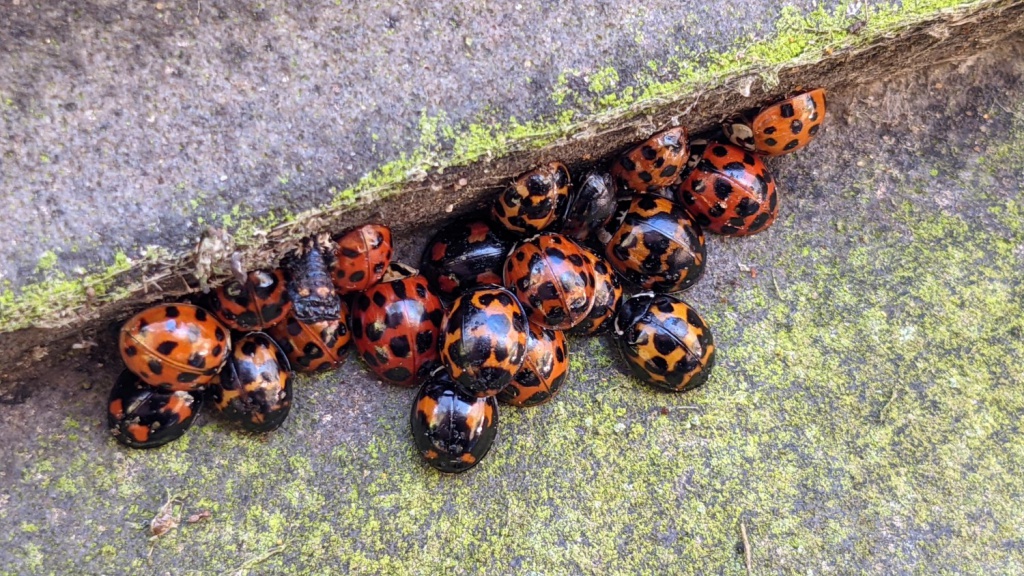
Harlequin ladybirds © Matt Williamson 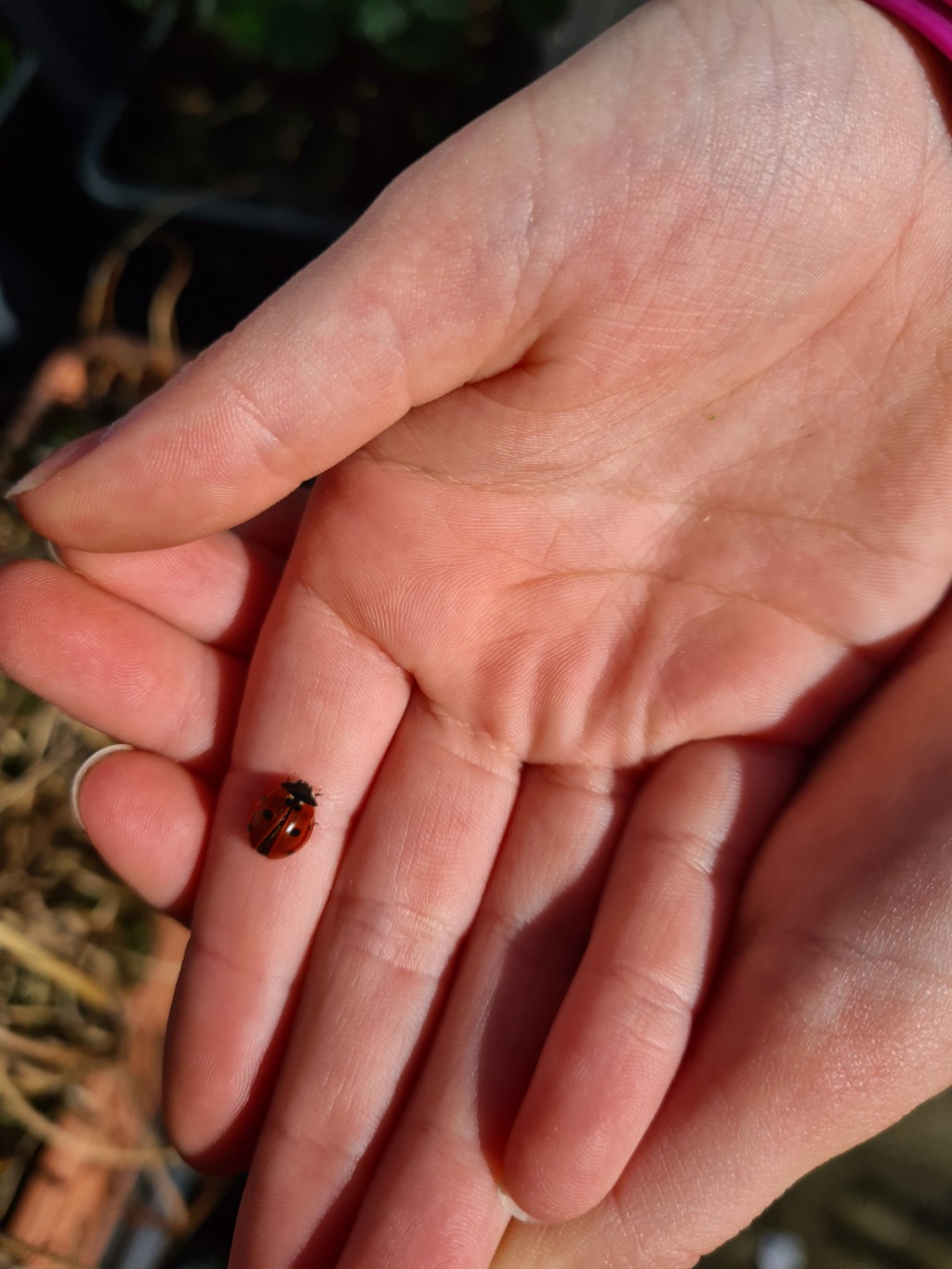
7-Spot Ladybird © Judith Swinburn